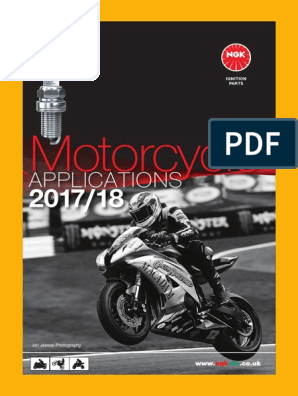0% found this document useful (0 votes)
508 views11 pagesMotorcycle Wheel Bearing
This document discusses the life cycle of motorcycle wheel bearings. It describes the types of bearings used in motorcycles, including plain bearings and rolling element bearings. The key stages in a bearing's life cycle are discussed, including mounting, lubrication, alignment, re-lubrication, and basic condition monitoring. Mounting the bearing correctly using the proper equipment is important to achieve the specified service life. Ongoing lubrication and re-lubrication are also necessary maintenance steps to ensure the full life of the bearing.
Uploaded by
haziqsajjadCopyright
© © All Rights Reserved
We take content rights seriously. If you suspect this is your content, claim it here.
Available Formats
Download as DOCX, PDF, TXT or read online on Scribd
0% found this document useful (0 votes)
508 views11 pagesMotorcycle Wheel Bearing
This document discusses the life cycle of motorcycle wheel bearings. It describes the types of bearings used in motorcycles, including plain bearings and rolling element bearings. The key stages in a bearing's life cycle are discussed, including mounting, lubrication, alignment, re-lubrication, and basic condition monitoring. Mounting the bearing correctly using the proper equipment is important to achieve the specified service life. Ongoing lubrication and re-lubrication are also necessary maintenance steps to ensure the full life of the bearing.
Uploaded by
haziqsajjadCopyright
© © All Rights Reserved
We take content rights seriously. If you suspect this is your content, claim it here.
Available Formats
Download as DOCX, PDF, TXT or read online on Scribd
/ 11

































































































